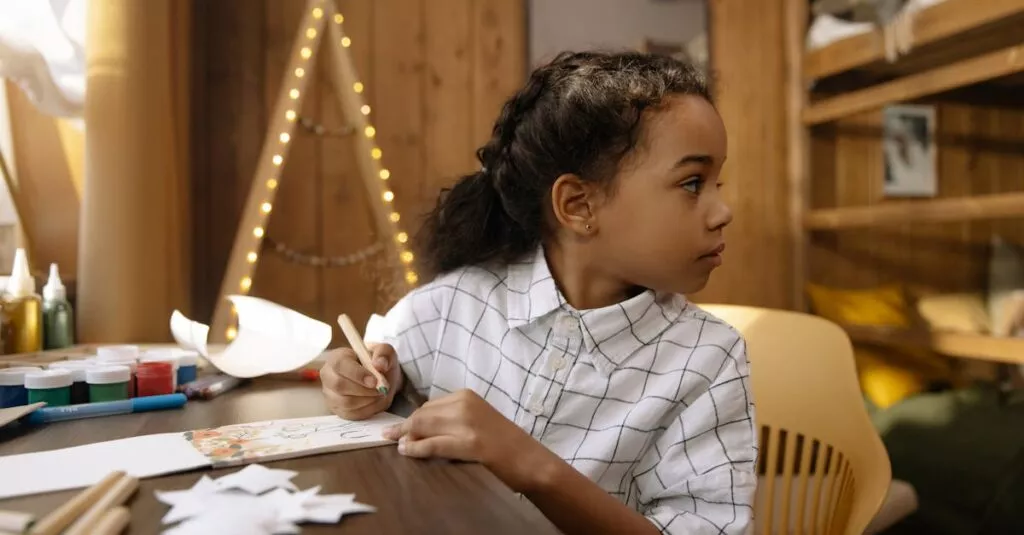Simplify the Stories for Young Minds
Sharing Bible stories with pre-schoolers can be immensely rewarding. Simplify the stories to cater to their young minds. Instead of overwhelming them, choose age-appropriate tales. Use simple language to ensure they grasp the key messages. A favorite of many kids is Noah’s Ark due to its visuals and animals. Relate the stories to their daily experiences and underscore lessons subtly to nurture faith.

Use Fun and Creative Activities
Make Bible storytelling fun by integrating creative activities. Turning lessons into art projects can light up your pre-schooler’s creativity. For example, draw after sharing the story of David and Goliath. Engage them in songs or simple crafts. These activities not only reinforce the stories but also make learning more interactive. Craft time fuels imagination in ways mere words can’t.

Story Puppets Can Be Magical
Story puppets are magical tools to bring Bible stories to life. Puppets grab attention and make the stories memorable. Picture acting out Jonah and the Whale with a whale puppet—it becomes a vivid adventure! Utilize simple hand puppets or even DIY ones with socks and craft supplies. Dialogue through puppets adds freshness to storytelling and ignites enthusiasm.

Encourage Questions and Discussions
Encouraging questions and discussions is key to engaging your pre-schooler’s imagination. When children ask questions, it shows they are thinking deeply. Be patient and answer simply. When talking about creation, for instance, show pictures of animals and plants. This interaction boosts their curiosity and makes Bible stories meaningful. It’s okay if you don’t have all the answers—explore them together.

Turn Story Time into Play Time
Turn story time into playtime to keep your little one engaged. Role-playing can be a wonderful way to dive into the stories. Reenact scenes from David and Goliath, where one child acts as David, another as Goliath. Dressing up adds another layer of fun. This method fosters empathy and a deeper understanding of the tales. And let’s face it—kids love playing pretend!

Connect Stories to Real Life
Connecting the stories to real-life situations can make them more relatable for kids. After sharing the Good Samaritan story, encourage acts of kindness at home or school. Link these stories to their own experiences. When they see the impact of honesty or kindness in real situations, it strengthens their moral compass. Real-life applications make Bible lessons truly stick.

Stay Consistent and Open-Minded
Stay consistent and open-minded in your storytelling approach. Routine helps children anticipate and look forward to story time. But don’t be afraid to mix things up if something isn’t working. Your enthusiasm is contagious, and your adaptability teaches them resilience. Share your own reflections and be vulnerable. Personal stories make the gospel more relatable and accessible to young ones.
 **Note:** The image above shows children listening attentively.
**Note:** The image above shows children listening attentively.
